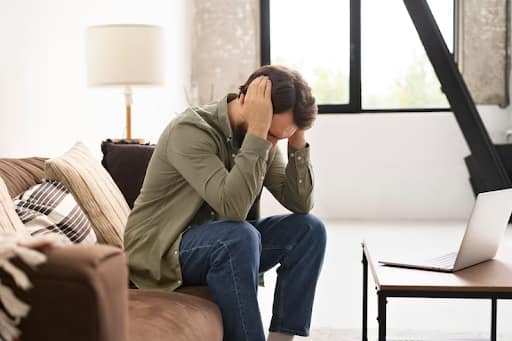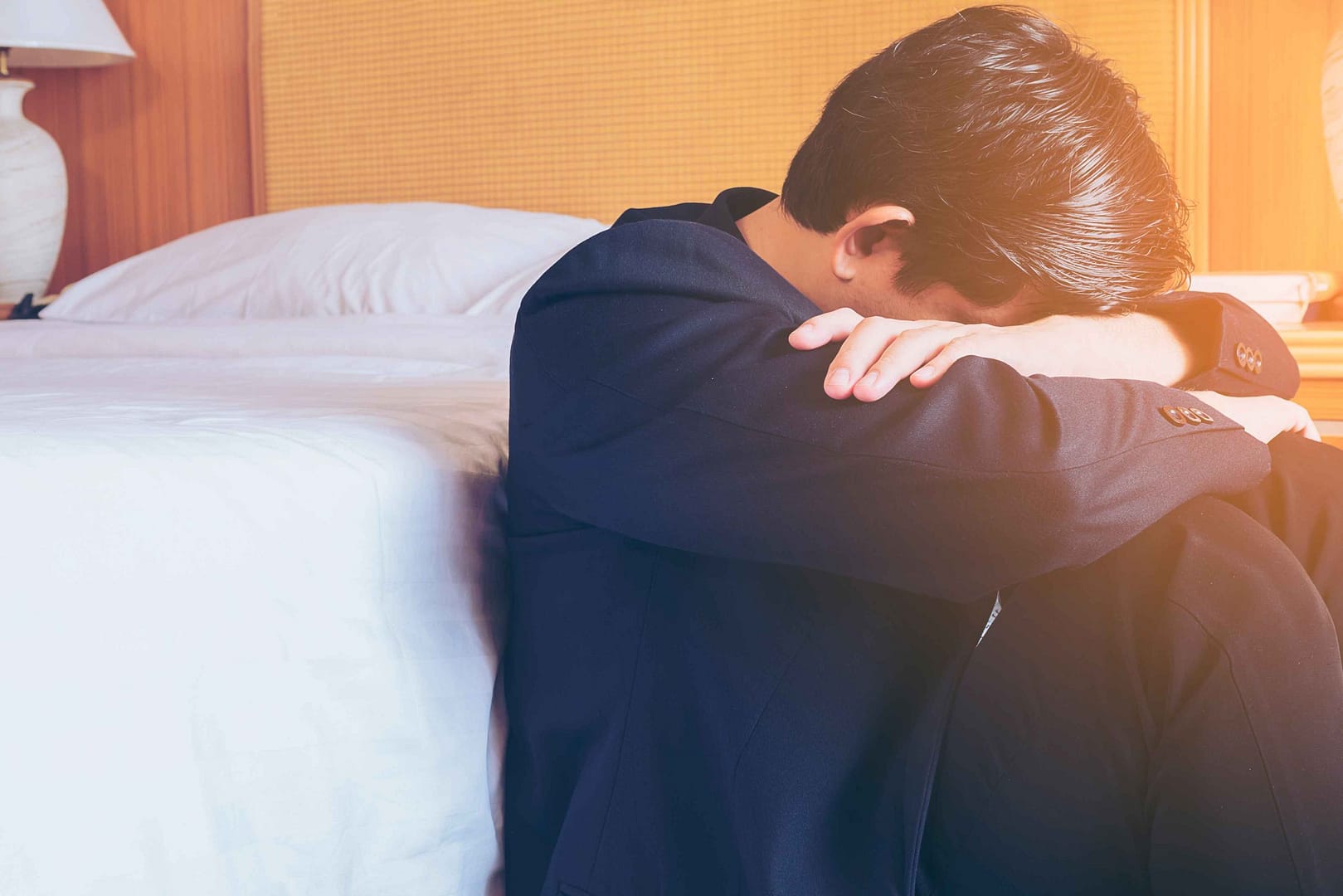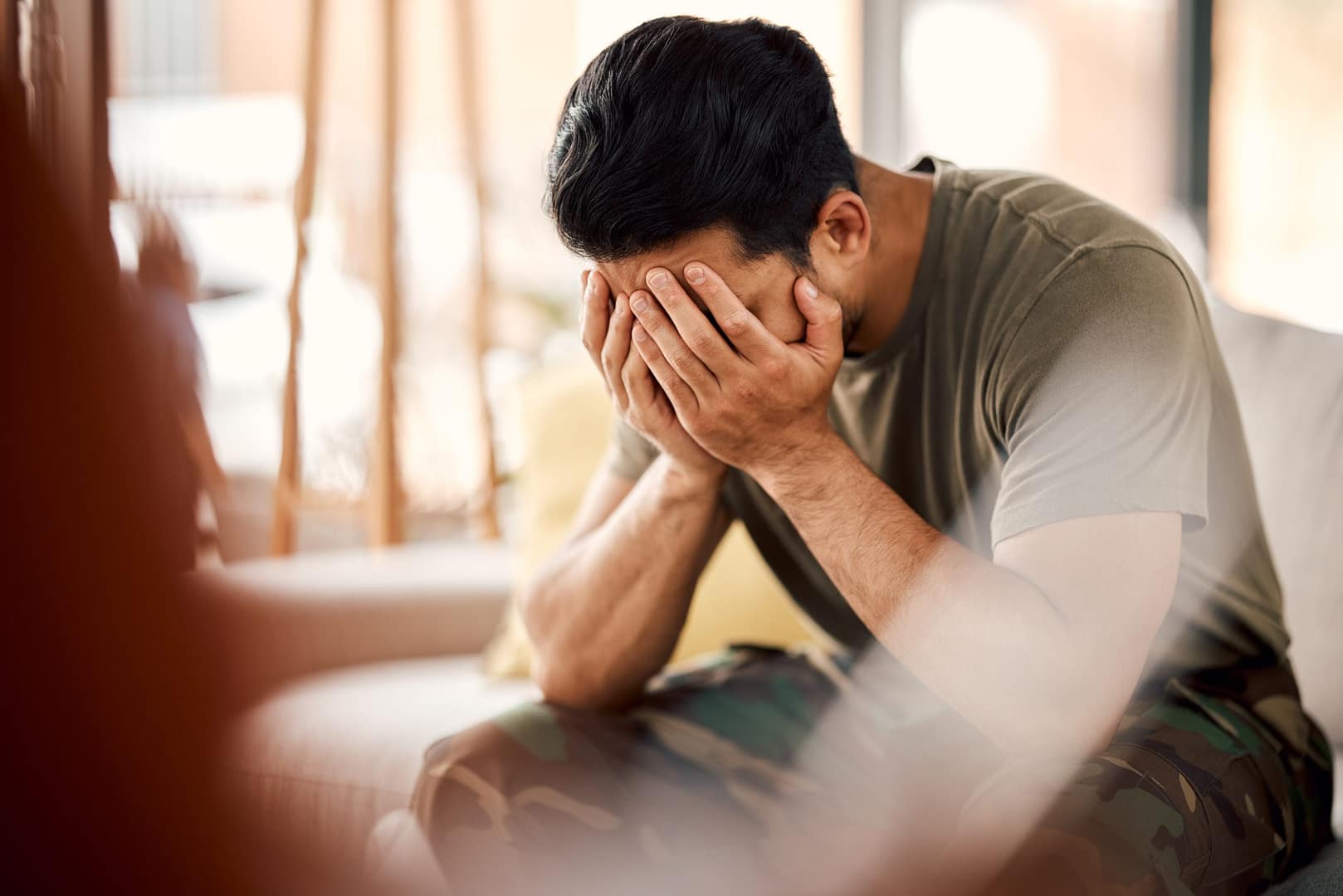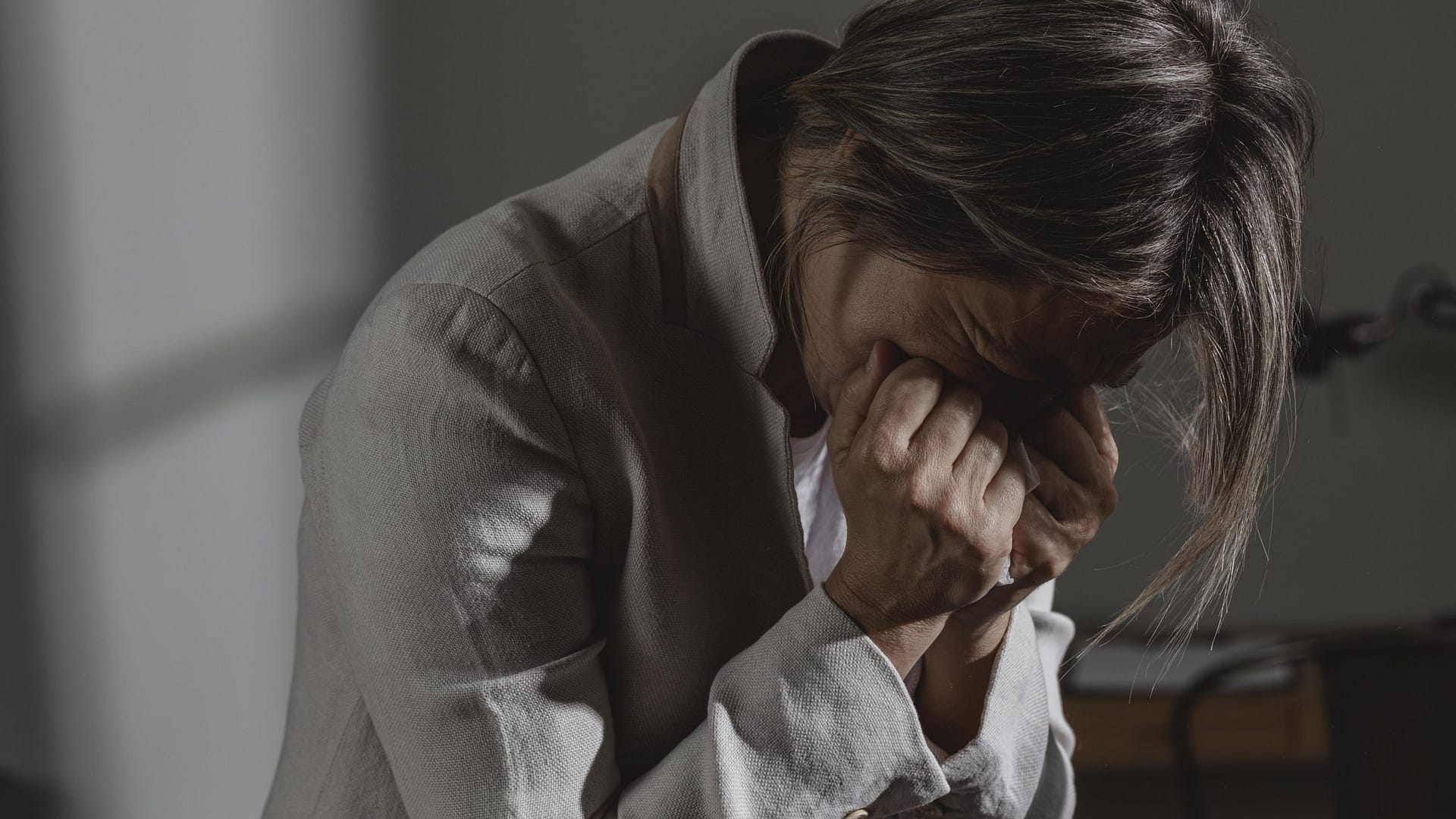
Anxiety is an aspect of being human. It can enhance our senses, signal us to danger, and propel us to action. But when anxiety turns chronic, overwhelming or disproportionate it can create significant mental, emotional, and sometimes even physical suffering. When individuals are persistently anxious, they often take the reminder shots like; “when is it going to end” or “What is the last stage of anxiety?” Understanding the development of anxiety and the portrayal of the “final” stage can give individuals the hope to be patient and the means to take steps toward wellness. In this blog, we will consider the complete process of anxiety, thinking carefully about what the final stage is about, and what it truly means to heal.
Definition of Anxiety
Anxiety is a normal emotion that typically involves worried thoughts, tension in the body, and symptoms such as a fast heart rate and increased blood pressure. This emotion is an instinctual response that happens automatically and prepares our bodies for action in the face of a real or potential threat or stress. But when that feeling becomes unrelenting, excessive, or it begins to impact your ability to function day to day, that is when anxiety can be classified as a mental health issue.
In other words, anxiety does not just go away, it can actually get worse as time goes on. Furthermore, it can impact your ability to work, perform academically, as well as your personal relationships. Shifting gears, there is a difference between having feelings of anxiety, which we all experience from time to time, and having anxiety for some people is a constant state that may require outside help or treatment.
What is the Last Stage of Anxiety?
1. Emotional Burnout
Individuals experiencing the last stage of anxiety typically endure extreme emotional exhaustion where chronic anxiety, worry, fear, or hyperactivity gradually depletes the nervous system. As this mental ongoing strain continues, people feel exhausted, discouraged, and more and more unable to manage their emotions. As emotional resilience continues to burn out, this stage can closely resemble and blur into symptoms of major depressive disorder, and is a time to seek professional help such as a group or anxiety therapist in NYC. Behavioral signposts of emotional burnout during this phase include chronic fatigue, loss of motivation, hopelessness or feeling trapped, emotional numbness, and loss of ability to concentrate. Each of these also affects day-to-day functioning and general well-being.
2. Depersonalization and Derealization
When anxiety becomes overwhelming, many people experience depersonalization (the sensation of detachment from oneself) or derealization (the sensation of detachment from the surroundings). You might feel that you’re observing your existence like a movie, unable to engage or connect in a meaningful way. It is the mind’s defense mechanism trying to defend you from an emotional response that is overwhelming. In New York City there are numerous mental health professionals providing anxiety therapy in NYC who attend to depersonalization and similar conditions, understanding that it may just be the culmination of chronic anxiety.
The Last Stage of Anxiety- Healing and Recovery
1. Can Anxiety Ever Fully Disappear?
One of the crucial facts to recognize about anxiety—a regular human emotion—is that it will always be part of being human. Even as you are healing, moments of anxiety will occur—before an important talk, during significant life changes, or in response to an actual threat. Healing does not imply you will be anxiety-free; it relates to your relationship with it. You will reduce the extent to which anxiety shows up in terms of how often it occurs, how much impact the anxiety carries in your life, as well as whether you trust yourself to be able to deal with the moment of anxiety when it shows up. Changing your relationship with anxiety is central to sustainable recovery and emotional resilience.
2. Control Over Your Mind and Body
When anxiety grips you, it often feels as though your mind and body are working against you, with problems like a racing heart, thoughts you can’t control, sweaty palms, and stomach aches. In the healing stage, you start being able to take ownership back. This consists of self-awareness so that you gain awareness of the first signs of anxiety, without having to panic. Self-soothing skills, such as breathing, grounding techniques, and mindfulness will help the nervous system reset. Cognitive restructuring is primarily a weak component of this process, as you learn how to challenge anxious cognitive content. You discard the thought or replace the thought with a more realistic and balanced thought. At some point, you won’t assume the same level of fear as well. You will learn to have the capacity to pause, observe your experience, and ultimately, be able to choose a better response.
3. Building Resilience Through Exposure and Acceptance
Avoidance feeds anxiety, whereas facing small fears weakens them gradually over time. Exposure, or facing beliefs and situations that trigger anxiety, becomes an important daily practice in the recovery stage. Thus, we can gradually start to face fears and beliefs by staying present with uncomfortable feelings (instead of escaping or avoiding). As you face situations repeatedly, you’ll start to realize discomfort does not equal danger. The more you face it, the more it grows what psychologists call “emotional tolerance” – the ability to feel distress without becoming overwhelmed. Growing emotional tolerance is important in reclaiming a sense of control and resilience in the face of anxiety.
4. Accepting Imperfection and Relapses
Relapses are a typical aspect of the recovery process. You will not heal in a straight, linear way; the recovery has its high and low points, feelings of capability, and moments of struggle. A difficult day does not negate the progress you have made. The reality is, with a self-compassionate lens, we build resilience over time when we face setbacks. It is important to recognize healing is a process and not a destination. Growth is often experienced not through success but through the lessons we learn in failure. Each anxious moment you navigate and make it through, is a reaffirming demonstration of all you have within you and your ability to continue forward.
Conclusion
Experiencing the final stage of anxiety can feel like you are at the edge of a cliff, looking down into a void. But there is a bridge to the other side – it is built through therapy, compassion, connection, and courage. Whether you are looking for anxiety therapy in NYC, or reaching out for help to family, friends and emotional healing can happen through anxiety therapy. You can take despair and fill your life with hope, take fear and build strength, and take numbness and feel alive again. If you or someone you know is struggling, do not delay. There are many paths to pursue for NYC anxiety treatment. The greatest step to healing is the first, and it will take courage.
Reference
- “Anxiety – StatPearls.” NCBI, https://www.ncbi.nlm.nih.gov/books/NBK470361/
- “Anxiety disorders – Symptoms and causes.” Mayo Clinic, 4 May 2018, https://www.mayoclinic.org/diseases-conditions/anxiety/symptoms-causes/syc-20350961
- Hubbard, Linda. “Behind the mask: Managing high-functioning anxiety.” Mayo Clinic Health System, 11 July 2023, https://www.mayoclinichealthsystem.org/hometown-health/speaking-of-health/managing-high-functioning-anxiety
- “Anxiety.” MedlinePlus, 17 October 2023,https://medlineplus.gov/anxiety.html






